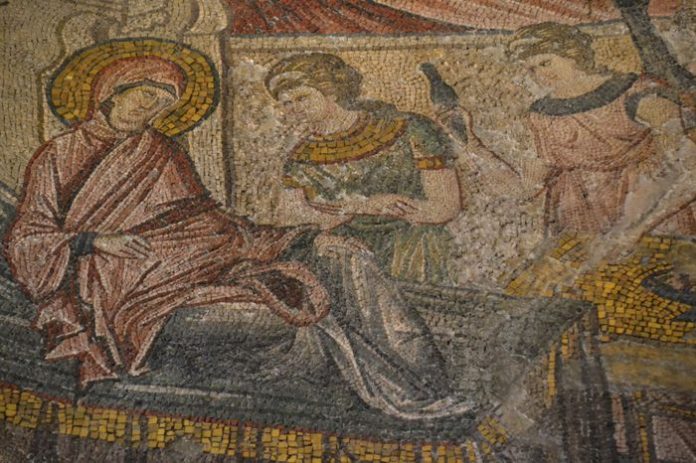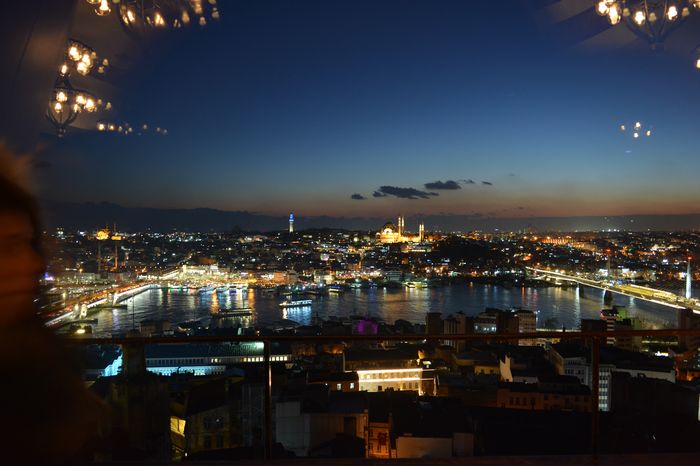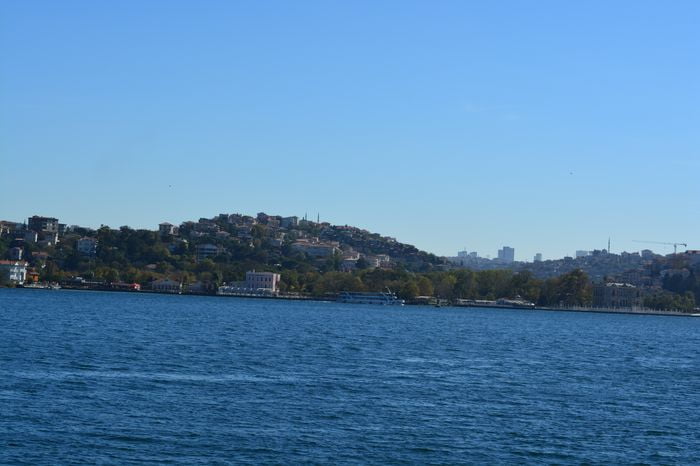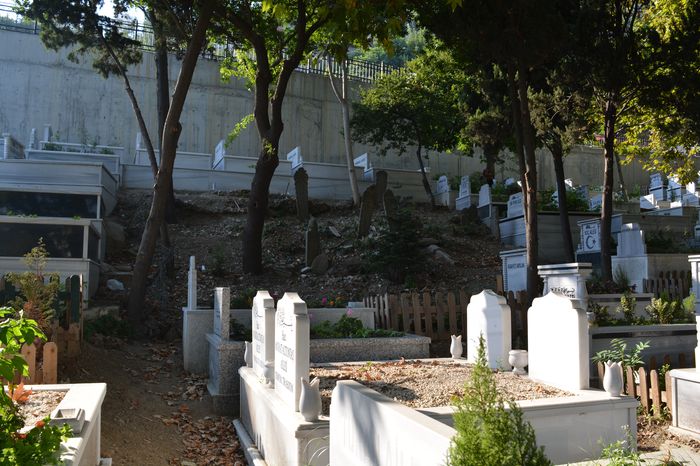Suleymaniye Mosque A Magnificent Architectural Marvel
Suleymaniye Mosque stands as a testament to the grandeur of Ottoman architecture, masterfully crafted by the renowned architect Sinan in honor of Sultan Suleyman the Magnificent between 1550 and 1558. It represents the epitome of classical Ottoman design, showcasing intricate details and majestic proportions.
The Grand Complex
As part of the Suleymaniye Complex, the mosque is accompanied by various structures including a madrasah, library, hospital, hamam, soup kitchen, cemetery, and shops. This complex ranks as one of the largest Ottoman architectural ensembles, second only to the Fatih Complex, embodying the multifaceted nature of Ottoman urban planning and social welfare Ensar Islamoglu.
Sacred Tombs within the Mosque
Within the mosque’s serene courtyard lies the tomb of Sultan Suleyman the Magnificent, a revered figure in Ottoman history. Additionally, the entrance arch of the tomb houses one of the five pieces of the Hacer-i Esved (Black Stone) brought to Istanbul during the Kaaba’s renovation. Adjacent to the outer courtyard walls lies the tomb of Architect Sinan, paying homage to the genius behind the mosque’s design.
Seyh Ebul Vefa Mosque and Tomb A Place of Spiritual Reverence
Located near the old Ayvansaray Police Station in Istanbul’s Eyup district, the Seyh Ebul Vefa Mosque and Tomb hold a significant place in the city’s spiritual landscape. Moved during freeway construction, this sacred site now rests beneath the Halic Bridge, preserving its sanctity amidst urban development Chora Museum and the Legacy of the Meshikhat Office.
Legends Surrounding Abdiilvedud
The tomb is associated with various legends surrounding the revered figure Abdiilvedud. According to one account, he prayed for the conquest of Istanbul and died a martyr during the siege, embodying unwavering faith and dedication to Islam. Another narrative suggests that he settled in Ayvansaray after the conquest, where he passed away, while a third tale recounts the mysterious discovery of his body during Sultan Mehmet the Conqueror’s first Friday prayer at Hagia Sophia, leading to his burial near the Eyup district.
Preserving Spiritual Heritage
These architectural marvels and sacred tombs serve as custodians of Istanbul’s spiritual heritage, offering visitors glimpses into the city’s rich history and cultural tapestry. Through meticulous preservation and reverence for tradition, they continue to inspire awe and reverence, embodying the enduring legacy of Istanbul’s architectural and spiritual treasures.








